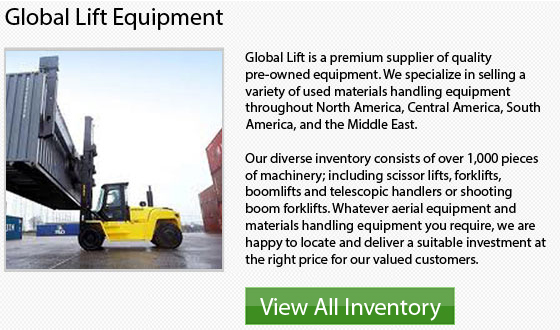
For the use of forklifts, there are a few health and safety guidelines governing their utilization. Forklifts are big industrial equipment which can be dangerous and have to be handled with safety in mind. The regulations and rules state that the operator should conduct daily checks on the lift truck and more thorough checks on a weekly basis and on a monthly basis. The following inspections must be carried out on the forklift:
Forklift Brakes - the brakes are a very vital component of the forklift equipment and therefore they should be double and tripled checked. A brake inspection is carried out with various pedal heights and pressures to determine the sensitivity of the brakes. The brake lights must be inspected at the same time.
The Tires - the tires are also essential to the safe functioning of the truck and to the braking system. All the tires must be inspected properly to make sure that there are no punctures in the tires and they are inflated to the proper pressure.
Controller - In order to know whether the system is in good working condition, the forklift controller system has to be inspected by operating the forks and the release mechanism. Any hint of problems must immediately reported and tended to. The forklift should not be used until the controller system has been repaired.
Steering Wheel - In order to make sure that the turning of the wheel is right, the operator should inspect the forklift steering wheel. Lift truck safety depends upon the steering wheel responding well and functioning precisely. There are various kinds of checks that could be performed to determine the performance of the steering wheel.
Engine Oil - the engine oil needs to be inspected by removing the dip stick from the lift truck engine. The dipstick will show the colour of the oil and the oil level. The oil must be refilled if the level is very low. If the colour is off, there could be contamination occurring.
Fire Extinguisher - lift trucks are required by law to carry a fire extinguisher. This fire extinguisher will need to be checked to ensure it will work properly in the event of a fire. Various kinds of fire extinguisher need to be inspected in specific ways. For example, a dry chemical extinguisher has to be shaken.